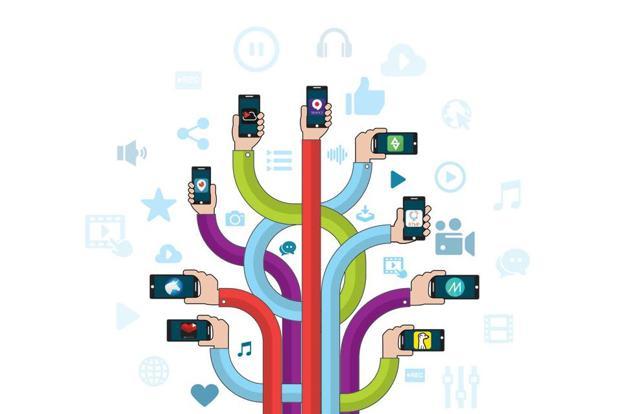Technology is changing the way people get in shape. Here is a round-up of fitness gadgets that can help you look good
Actor Hrithik Roshan apparently has two expat personal trainers to help him shape his already fab body for Krrish 3. It is rumoured that Aamir Khan has also hired an expat trainer to beef up for Dhoom 3. It is a good idea to hire personal trainers because not only do they encourage and push you, but also figure out a fitness routine especially made for your body. But not all of us can afford to pay hourly fees of Rs. 500-Rs.2,000 for consultation. If you fall in this category, fret not; you can buy new-age fitness gadgets and technology that can play the part of your very own personal trainer. Be it running, swimming, walking, dancing or gymming—these devices track your steps and heart rate and give a detailed analysis of your daily workout. The right gadget depends on the type of exercises you do, so we found the best in each category.
Walking
Striiv

A pedometer/keychain that acts like a cheerful trainer, encouraging you to walk more daily through various games. It counts every step you take and every stair you climb and gives a daily/weekly chart of calories burned and distance covered on its 2-inch high-resolution touch-screen display. It also gives you goals whereby you can make a social contribution: Take 60,000 steps and Striiv will donate a dose of polio to a child in India; take 18,000 steps and it will conserve one parking-spot size rainforest in Tanzania or provide one day of water for one child in Bolivia. The more you walk, the more you give. Then there’s ‘Myland’, a game in which you build huts and plant trees in various territories—growth and moving up new levels are based on walking, running, and taking the stairs. A new feature lets it make personalized challenges geared for you after it adapts to your progress and performance. You can even use the device to challenge a friend and outdo them by real-time walking. All this, by simply keeping Striiv anywhere on your body—in your pocket, purse or attached to your belt.
Wallet dent: $99, on www.amazon.com
Cycling
iBike POWERHOUSE

All you need to do with this device is select a goal-based plan. The gadget offers options like iSlim, ExpressFIT, Brazilian Butt, KidFit, Weekend Warrior. All are available through the official app which can be downloaded in App Store. While iSlim is free, the other options cost $9.99 each. Once your plan is selected, the iBike POWERHOUSE uses power management and analysis technology to guide you through 45-90 minute bike rides over four-six weeks. The plan tracks your real-time performance and automatically updates your workout plans. It encourages you to pedal at the right levels for better performance. You can even take calls or listen to music while cycling though that is not really recommended. The only drawback is that it works only with iPhone and iPod Touch.
Wallet dent: $269, for the device, the Powerhouse app and the iSlim plan. Extra plans cost $9.99 each and are purchased through the app. Order onwww.ibikesports.com
All in one
Basis B1 band
Launched in January

If you thrive on numbers and stats, then pick up this wrist band. The gadget won the Best of Innovations Design award as well as the Engineering Award Honor by The Consumer Electronics Association at the International Consumer Electronics Show (CES) in Las Vegas, US, earlier this year and is available on pre-order from Mybasis.com. The Basis looks like a wristwatch and is the neatest health tracker. You must wear it at all times, and it tracks quite a lot of fitness stats: It has a 3D accelerometer to track activity (walking, running and strolling), then there are extra sensors to monitor your temperature, galvanic skin response, heart rate and through that, the number of calories you burn. In addition to all this, Basis also monitors the quality of your sleep—how long you slept, how often you woke up and how often you turned on your side. The gadget then crafts all these little pieces of information into a comprehensive picture of your health. The Basis syncs via USB to the website where you can get an online update of your overall activity and health. You can even share the charts with your friends online.
Wallet dent: Expected to be $199 (or around Rs. 9,751), on Mybasis.com
Continue reading “A personal trainer at the press of a button”














